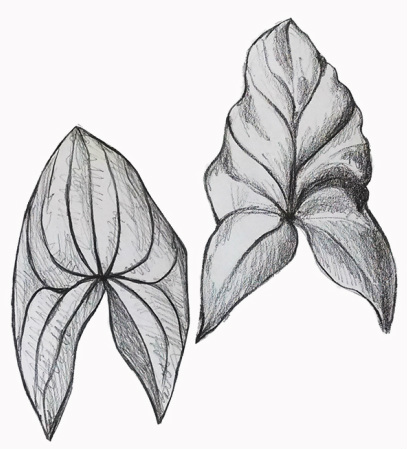
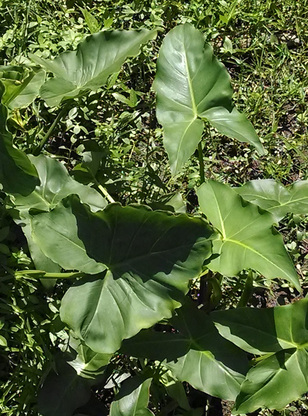
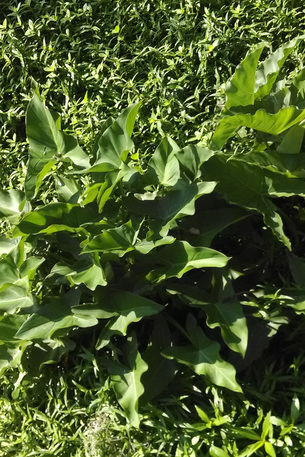
If you were trying to live off the land, it would be especially important to be able to tell Arrow Arum from Duck Potato because, although both plants have starchy tubers attached to their root systems, the tubers from Arrow Arum are poisonous unless prepared very carefully. Various Native American peoples knew how to prepare Arrow Arum tubers for eating, usually by boiling and/or drying them for long periods to neutralize the toxin.
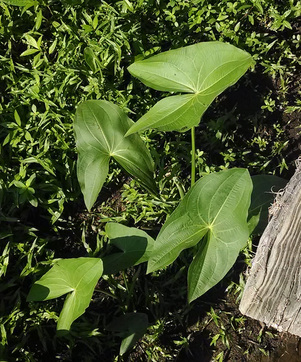
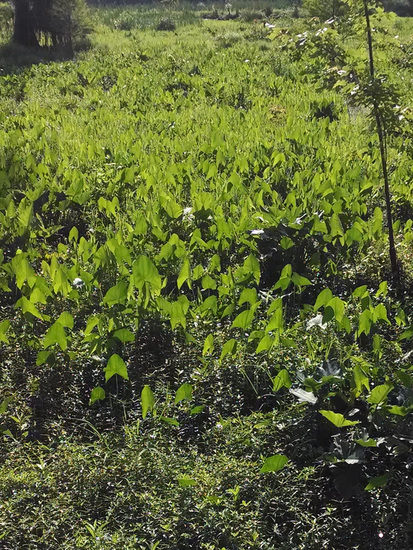
In the Phinizy Swamp, the populations of Duck Potato have flatter leaves than Arrow Arum. But a surer way to tell the difference is to look at the veining patterns on the leaves. Duck Potato leaves have veins that branch from a central point, in a starlike pattern, as compared to the branching veins of Arrow Arum. Ducks readily eat the seeds, but do they actually eat the starchy tubers? Sources disagree. However, beavers, porcupines, and muskrats eat the entire plant. Ducks certainly eat the seeds.
In the photo are left, I really like how all the Duck Potato leaves are pointing up in the sunlight, like shovel heads.
For information about visiting the Phinizy Swamp: http://naturalsciencesacademy.org/
 RSS Feed
RSS Feed